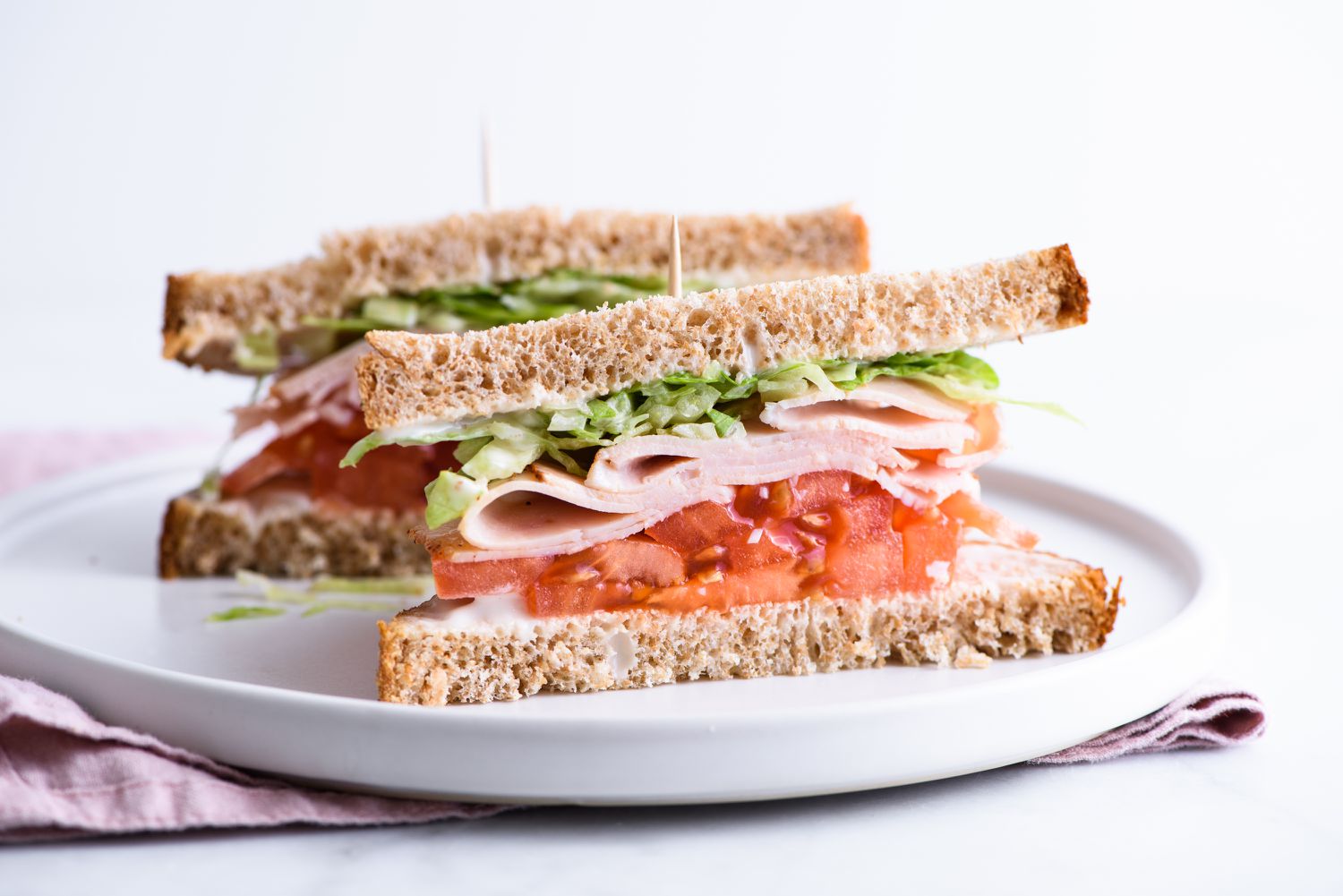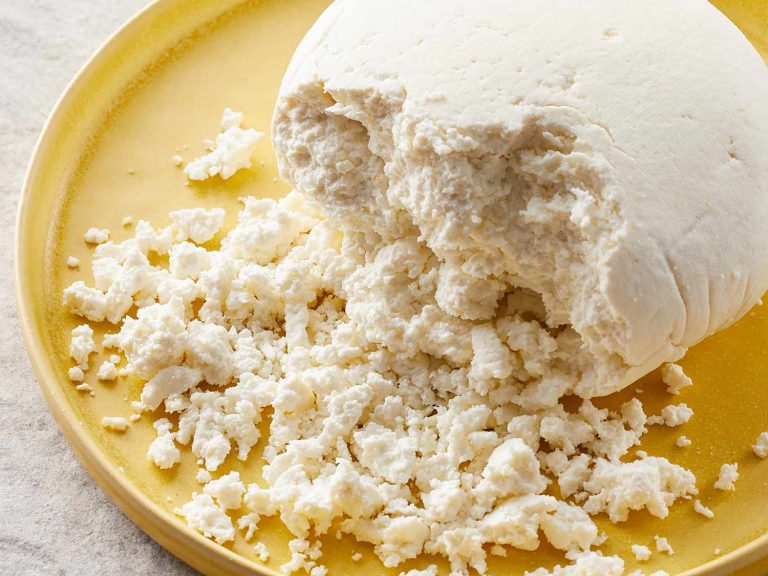Ham Loaf: Origins, Nutritional Benefits, and Healthy Recipe Ideas
Ham loaf, a traditional American dish, traces its origins to Pennsylvania Dutch cuisine. Influenced by German culinary practices, it became popular in the Midwest during the early 20th century. With easy access to ham and pork, families found ham loaf an economical yet flavorful meal. Its appealing combination of sweet and savory notes made it a staple for special occasions and everyday dinners.
Key Ingredients and Variations
Ham loaf typically requires ground ham, ground pork, bread crumbs, eggs, and a tangy glaze. Ground ham and pork provide a balanced texture and rich flavor. Bread crumbs help bind the mixture, ensuring the loaf holds its shape. Eggs add moisture and cohesiveness.
Many variations exist to cater to different tastes. A common tweak involves adding pineapple or brown sugar to the glaze, enhancing the sweet profile. Others might include spices like mustard powder or allspice for added complexity. Some recipes incorporate vegetables, like onions or bell peppers, to introduce additional textures and flavors.
How to Prepare Ham Loaf
Choosing the Right Meat Blend
Start with fresh ground ham and pork to achieve the best texture and flavor. Using a 50-50 ratio ensures a balanced mix of lean and fat, enhancing tenderness. Look for ground ham with minimal preservatives and ground pork that’s around 85% lean. You can find these meats at your local butcher or grocery store.
Essential Spices and Flavoring
Add key spices to elevate your ham loaf’s taste. Combine 1/2 teaspoon mustard powder, 1/2 teaspoon allspice, 1 teaspoon salt, and 1/2 teaspoon black pepper. For a subtle sweetness, mix in 1/4 cup brown sugar. Incorporating 1/4 cup finely chopped onions or bell peppers adds a slight crunch and a burst of flavor. Mix these ingredients evenly into the meat blend.
Baking Tips for Perfect Moisture
Ensure your ham loaf remains moist by following these steps. Preheat your oven to 350°F (175°C). Place the mixture in a greased loaf pan, pressing it down to remove air pockets. Pour a glaze, such as a mix of 1/2 cup pineapple juice and 1/4 cup brown sugar, over the top. Cover the pan with foil for the first 30 minutes to lock in moisture, then bake uncovered for an additional 25-30 minutes until the internal temperature reaches 160°F (71°C). Rest the loaf for 10 minutes before slicing.
Serving Suggestions for Ham Loaf
Side Dishes That Complement Ham Loaf
Pair ham loaf with side dishes that balance its savory flavors. Classic accompaniments include mashed potatoes, glazed carrots, and green beans. For a lighter option, consider a mixed green salad with a tangy vinaigrette.
| Side Dishes | Description |
|---|---|
| Mashed Potatoes | Creamy potatoes add a comforting texture. |
| Glazed Carrots | Sweet and tender carrots enhance the ham loaf’s flavor. |
| Green Beans | Steamed green beans provide a fresh, crisp contrast. |
| Mixed Green Salad | A salad with tangy dressing lightens the meal. |
| Baked Beans | Smoky, sweet beans complement the savory ham. |
| Roasted Brussels Sprouts | Adds a hearty vegetable element to the meal. |
Creative Ways to Serve Leftovers
Transform ham loaf leftovers into new meals. Create sandwiches by slicing the ham loaf and layering it with lettuce, tomato, and mustard on whole grain bread. For a hearty breakfast, dice the leftover ham loaf and fry it with potatoes and onions to make a flavorful hash.
| Leftover Ideas | Description |
|---|---|
| Sandwiches | Layer sliced ham loaf with veggies on bread. |
| Hash | Fry diced ham loaf with potatoes and onions. |
| Salad Topper | Add cubed ham loaf to mixed greens and dressings. |
| Casseroles | Mix chunks of ham loaf with pasta or rice in a bake. |
These serving suggestions ensure that ham loaf remains a versatile and enjoyable meal, whether freshly baked or repurposed as leftovers.
Nutritional Profile of Ham Loaf
Health Benefits
Ham loaf offers various health benefits due to its rich nutrient content. Packed with protein, it supports muscle growth and repair, making it a good option for those with active lifestyles. Additionally, ham loaf contains essential vitamins and minerals, including Vitamin B12, iron, and zinc, which are critical for maintaining healthy blood cells and immune function. For example, a 3-ounce serving typically provides around 20 grams of protein and significant amounts of these nutrients, contributing to overall health.
Dietary Considerations
While enjoying ham loaf, be aware of specific dietary considerations. It’s relatively high in sodium, which can affect those on a low-sodium diet. Reducing salt in the recipe can mitigate this issue. Given its meat content, it’s also high in saturated fat, which may be a concern for those managing cholesterol levels. To make a healthier version, consider using lean cuts of meat or incorporating turkey for a lower fat option. Moreover, those with dietary restrictions or preferences, like gluten intolerance, should use gluten-free breadcrumbs to ensure the dish meets their needs.
Conclusion
Ham loaf remains a beloved dish in American cuisine thanks to its rich flavors and versatility. When you choose quality ingredients and consider healthier alternatives, you can enjoy this classic dish while meeting your dietary needs. Whether you’re savoring it fresh out of the oven or repurposing leftovers, ham loaf offers a delightful and nutritious option for any meal. Embrace its culinary heritage and make it a staple in your kitchen.






